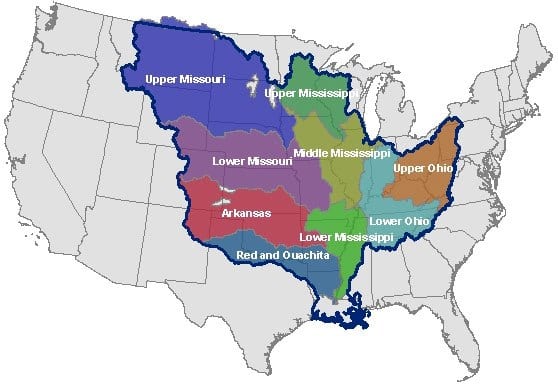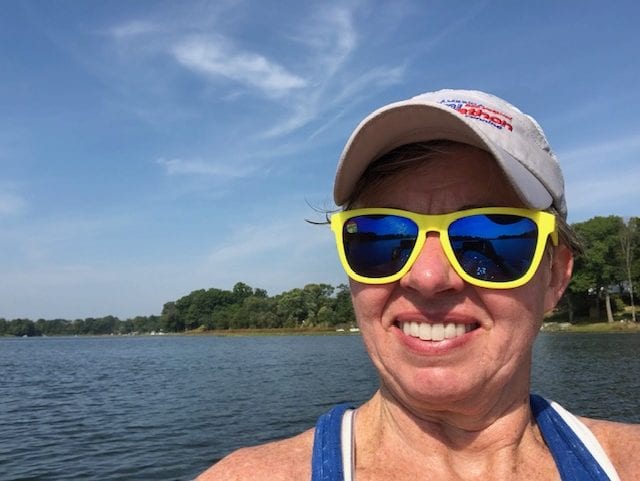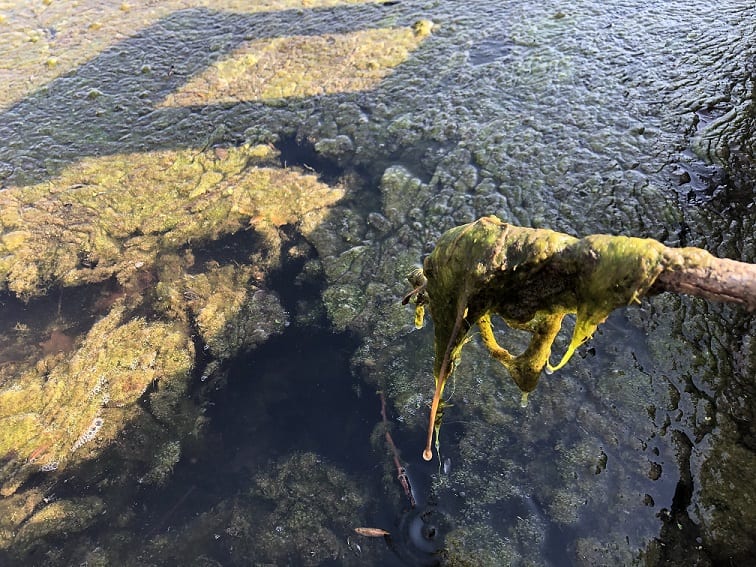With all the other crisis in the news this year, it’s easy to ignore what is continuing to happen in the Gulf of Mexico.
The annual Gulf of Mexico dead zone is primarily caused by excess nutrient pollution from human activities in urban and agricultural areas throughout the Mississippi River watershed. When the excess nutrients reach the Gulf, they stimulate an overgrowth of algae, which eventually die and decompose, depleting oxygen as they sink to the bottom. The resulting low oxygen levels near the bottom of the Gulf cannot support most marine life. Fish, shrimp and crabs often swim out of the area, but animals that are unable to swim or move away are stressed or killed by the low oxygen.
The Gulf of Mexico dead zone occurs every summer.
NOAA scientists are forecasting this summer’s Gulf of Mexico hypoxic area or “dead zone” to be approximately 6,700 square miles, larger than the long-term average measured size of 5,387 square miles but substantially less than the record of 8,776 square miles set in 2017. NOAA June 3, 2020

This matters to us here in Northern Indiana because we are part of the Mississippi River Watershed. As I shared in an earlier blog, what we do on the land has a direct impact on water quality, both locally and nationally.
If you live, work or play near Lake Maxinkuckee, you are the front lines of defense to lessen the nutrient load – benefitting our local lake as well as the Gulf of Mexico. Some ways you can help:
- Use lawn fertilizer without phosphorus and avoid over-fertilizing. Have you done a soil test lately? Maybe you don’t need fertilizer at all!
- Prevent leaves, grass clippings and other organic waste from getting into the lake. Keep storm drains clear of obstructions.
- Pick up pet waste!
- Use environmentally-friendly, biodegradable detergents and cleaners when washing vehicles and pressure-washing houses – look for phosphate free cleaners!
- Create landscaping swales or rain gardens using native plants, pebbles and rocks to filter water of excess nutrients.
- Dedicate part of your shoreline to a vegetative buffer strip using native plants to help decrease soil and nutrient run-off – and deter geese!
For more information on how you can protect our watershed visit our web page What Can I Do?
Obviously, agriculture also plays a part in nutrient loading. Abundant research has shown that Midwest farmers can lessen nutrient loading by cultivating healthy, living soil that minimizes erosion and nutrient runoff. Healthy soil also increases water-holding and draining capacity, and can reduce the amount of fertilizer needed to produce a profitable cash crop. In general, soil is healthier when it is kept covered and undisturbed and contains living roots year-round. Common “healthy soil” practices include growing cover crops, diversifying crop rotations, and planting deep-rooted perennial plants. Many of our local farmers are already implementing these practices. For more information on how to improve your farm’s soil and help protect Lake Maxinkuckee’s water quality, please contact Marshall County SWCD.

As the signs around town remind us “We are in this together” which applies to Covid-19 as well as healthy, clean water.

Hi, I’m Debbie Palmer. I received a BS in Horticulture from Purdue University. Here at LMEF, I am responsible for outreach presentations, monitoring the lake and it’s wetlands, project manager for restoration and research projects, and act as a community resource for all things related to the well-being of Lake Maxinkuckee and its surrounding watershed. I completed Indiana Watershed Leadership Academy, volunteer with the Indiana Clean Lakes Program, Hoosier River Watch and Marshall County Lakes and Waters and serve as a Board Member for Indiana Lakes Management Society.


Thank you for these informative articles. I am learning a lot of ways to keep Lake Max beautiful.